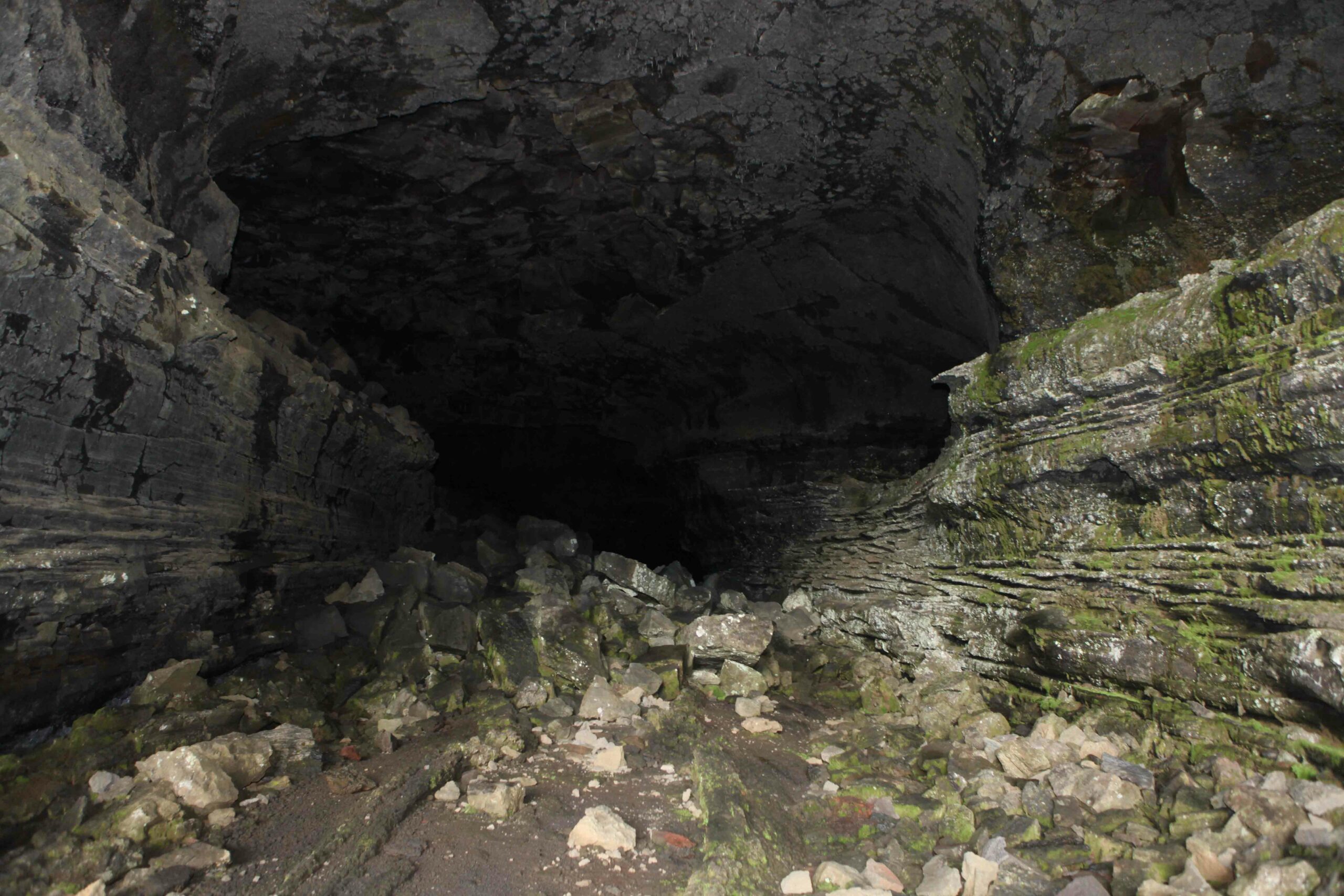
PRINCETON, NEW JERSEY—Live Science reports that it may have taken just a few genetic changes to transform wolves into creatures who can communicate and interact with humans. An interdisciplinary team of researchers tested the friendliness of domesticated dogs and human-socialized wolves by measuring how much time the dogs and wolves spent around humans, and if they turned to human companions for help in solving a puzzle box. The researchers then analyzed DNA samples taken from the dogs and wolves, and found the differences in social behavior correlated with variations in three genes. “Some of these structural variants could explain a huge shift in a behavioral profile—that you go from being a wolf-like, aloof creature, to something that’s obsessed with a human,” vonHoldt said. The researchers also looked at those three genes in samples from 201 dogs from 13 different breeds, some known for their friendliness, and found similar patterns in genetic variation and friendly behavior. In humans, missing DNA in the corresponding part of the genome can produce Willilams-Beuren syndrome, which is associated with exceptional gregariousness. To read more about the history of humans and dogs, go to "More Than Man's Best Friend."










